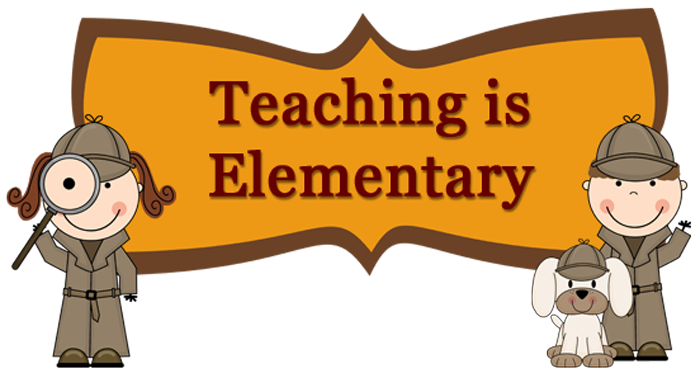How does one decide that they want to change the world? Especially when that "one" is an elementary student. Is she sitting in class one day daydreaming and thinkng “Hey, I think I’ll save the rainforests?” Or is she eating dinner one night and say to a parent, “Hey, I think I’ll save the whales?”
Whatever it is that drives an individual or group of individuals to go beyond the scope of their own small universe, it doesn’t really matter. All that matters is that they want to make a ‘difference’ (just like the star thrower in Loren Eiseley’s inspirational story.
It intrigues me more when I hear about young people who set out to change the world. From a young girl selling lemonade to raise money to find a cure for neuroblastoma to a young man inventing a fool-proof communication device for people who are blind, there are children who don’t realize how their efforts are far-reaching.
Just recently three students at our school decided that they didn’t like hearing about whales being hunted. They heard about an organization call the Sea Shepherd Conservation Society. The Society's mission is to "end the destruction of habitat and slaughter of wildlife in the world's oceans in order to conserve and protect ecosystems and species.” The girls just felt they needed to help!
So, they made posters to hang in the school and then they made bracelets to be given out for a donation of $1.00. Along with the bracelet, each person who gave a donation was given a ticket. The ticket was for a drawing for a pillow. The girls’ efforts raised more than $150.00 to their cause. ($520.00 as of 3/6/11)!
More than raising money – the effort and initiative to work towards a cause that one believes in, should be applauded. It is comforting to know that a new generation is ready for the challenge of caring for others and caring for the world.
I salute these fifth grade students, Sophia, Lindsey & Grace for being a part of that new generation!
(This video was created by my daughter before I explained creative commons - so please forgive any infractions.)













